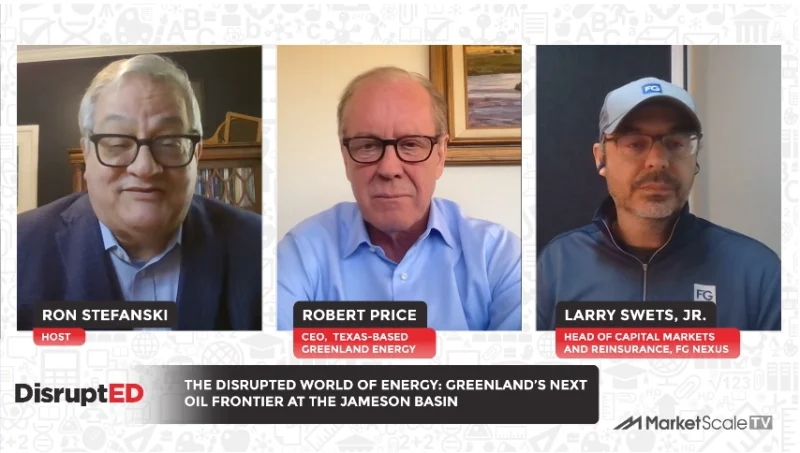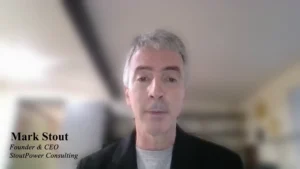DTECH 2024: SPP Pioneers Cloud-Based Transformation in Utilities, Addressing Cybersecurity Head-On
The utility sector is on the brink of a transformation, propelled by the dual forces of digital innovation and the imperative of cybersecurity. In recent years, the move towards cloud-based solutions has gained momentum, driven by the need to manage increasingly complex and variable loads and the promise of enhanced cybersecurity measures. Utilities are facing a landscape where traditional methods of operation and security are no longer sufficient.
The integration of cloud technology offers a path to not only streamline operations but also leverage advanced analytical tools for better decision-making and risk management. Amidst this shift, utilities are also grappling with the challenge of protecting critical infrastructure and customer data against sophisticated cyber threats.
MarketScale was on the show floor of DISTRIBUTECH 2024 and captured a compelling conversation with Casey Cathey, the Senior Director of Grid Asset Utilization at Southwest Power Pool. Cathey offers unique insights into how their organization is navigating the journey towards leveraging cloud-based solutions for a more secure, efficient, and future-ready utility sector.
Casey’s Thoughts
“Traditionally, RTOs and really utilities are sort of shy for cloud-based solutions, mostly because of cybersecurity. But in the last probably four or five years, cybersecurity has ramped up in the cloud space. We’re still in our infancy in terms of what solutions we’ll pursue. Currently, what SPP is doing is looking at generation interconnections.
There’s a number of challenges we have. We have forecasting challenges. Load is no longer conventional. And so we’re looking at cloud-based solutions because no longer can we run power flows on our laptop and call it good. We have to actually run a series of really hundreds, if not thousands, of scenarios with the varying load that we have and the varying resources we have. And so one of the primary thoughts is how best we can utilize cloud and really dig into what’s out there so that we can spin up more scenarios and more risk management for the coming future. I mean, we’re already starting to see low delivery point additions, unconventional loads such as hydrolyzers, cryptocurrency. There’s a few things that we’re looking at, at least at SPP, that are somewhat edge solution-based, but we’re also trying to combine multiple disparate business functions today.
More than double our peak demand in install capacity ready to interconnect, and they’re looking to interconnect. And so we’re using cloud-based solutions to be able to best process, shave off months of time to be able to analyze the impacts of resources. One of the longer-term solutions is really looking into artificial intelligence, machine learning, using cloud-based solutions to spin up solutions to complex problems such as resource capacity in the future, as well as trying to understand the business associated with where we can interconnect more optimally, where we can build transmission more optimally, even where we can site large unconventional loads more optimally.
Where we’re at is sort of at the beginning, but we’re actually starting to see that right now in terms of the load requests. And so one of the challenges are what is actually going to be viable to be able to provide from a supply perspective, from a transmission perspective, from a distribution perspective in the timeframe that these loads are actually expecting to be served.
Some of the cloud-based solutions will help us get to that point a lot quicker so that we can get the customer their answer that they need in terms of how much it costs to be able to interconnect. You know, it’s all one grid that we plan and operate and run, and we are all living in one grid. But right now, you have different business functions. You have business functions for long-term transmission planning different than a new generator actually trying to interconnect to the system, different than the load actually trying to be served and analyze what it actually takes to serve. Well, what we’re looking at from a cloud-based perspective is how best to merge all that together into a single optimization formula so that we can best build out the grid, which ultimately saves ratepayers money while still maintaining resilience, if not increasing reliability.”
Article written by Sonia Gossai









